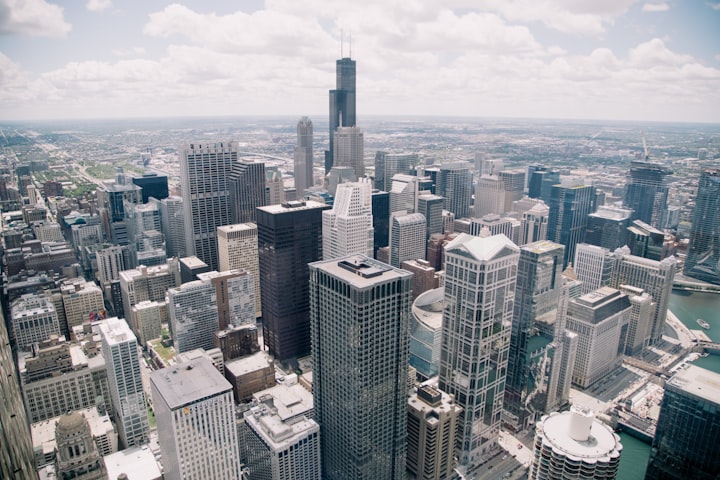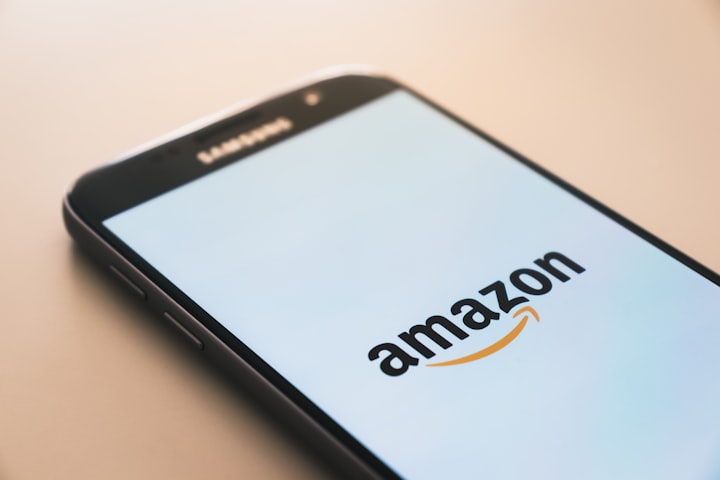
By 2020, zombie companies had a smaller share of bonds issued during the epidemic and their outstanding bank loans were lower than in previous years compared to full bank loans to non-financial companies. Fridson estimates that 17 zombie riders account for $ 8 billion or 0.5% of the market. This is a lower estimate than Goldman Sachs, which is expected to pay $ 30 billion in corporate zombie debt by the end of 2020.
Next, we explore the potential of zombie lending firms in bond markets and debt markets. The left panel shows the interest rate distribution paid to zombie firms and non-zombie firms with the highest chance of automation (non-non zombie firms) in their remaining debt by 2020. limited access to external funding at regular intervals, they have never touched the bonds or markets of credit banks during the epidemic to get new money.
A zombie company is a simple, low-income company that does not make enough money to cover annual interest payments on its debts. It is used to describe non-competitive companies that need to be rescued rather than debtors who can repay interest. Annual - Effective - Annual Rate - Beginning - EAR - A fixed interest rate fixed over a period of time, adjusted to accrue interest. The zombie company is described as the average interest rate below one by Russell 3000 index and Ray index.
The term “zombie company” comes from Japan and is used to describe companies that make enough money to pay interest on their debts. A zombie company is a credit card company that makes money to pay for running costs (fixed costs such as salary, interest, and taxes), but has enough money to put interest on debt, not the debt itself.
Zombie companies are so indebted that they need rescue work to survive, which has risen to 90% since the closure was caused by the Coronavirus epidemic. These companies continue to be plagued by financial stagnation where interest rates have reduced investors' appetite for food, allowing struggling companies to continue tapping large markets at the low cost they need to close the gap between cashback and interest-bearing debt.
More than 600 US companies are "Zombies," which by definition do not make enough money to pay interest on the debt they have accumulated. Lower interest rates have increased the number of such companies, with CNBC reporting that more than 2 million people are employed by Zombies. Two years ago, the Bank for International Settlements calculated that the share of the zombie company had risen from a major economy of 14 in the 60s from 2% in the late 1980s to 12% in 2016.
Deutsche Bank says zombie companies are interfering with the destructive process - Joseph Schumpeter's economic vision of a capitalist system in which weak old companies are destroyed and new companies formed. The concept of short-term management has also contributed to the problem where more zombies are found: companies with an average debt of 48 times higher than EBITDA are unlikely to consider long-term the need to live by all means. This has led many Wall Street analysts to warn that the size of the zombie is heavily indebted, to liquid companies that can mentally survive with low-interest rates.
Zombie companies seem to be less vulnerable to the wide range of corporate business markets, but to larger Zombies in low-risk investment levels that are distributed in the high fruit market. In the short term, Zombies need to borrow money to stay active. They need to be able to pay off corporate debt at low-interest rates to keep their interest rates low as debt levels rise. Zombies are a problem in the high-yield lending market because such low borrowing costs help finance non-existent companies, which means the market risk is higher than the prices shown.
Zombie companies, also known as zombie companies or the living dead, are the name of a company that can stand on its own two feet and needs one or more of its money to keep up with lenders who indulge in market prices. Although there is no official definition of a zombie company, it is generally agreed that they do not work, but by tapping banks and large markets it survives (Caballero, Hoshi & Kashyap, 2008). The definition of "zombie companies" varies, but in our study, we included companies in the Russell 3000 index that did not generate enough money over the past three years to pay off debt service.
According to a study by the Bank of Finland, two-thirds of zombie companies are recovering, with half requiring three years to break the magic and 15% more than five years to break it. Beware of not only zombie companies, but also zombie markets, where prices are distorted and separated from the bases, warned Allianz chief economist Mohamed El-Erian. He said the zombie markets arose when major banks such as the Federal Reserve continued to fund assets, weakening the markets' ability to allocate funds.





Comments
There are no comments for this story
Be the first to respond and start the conversation.